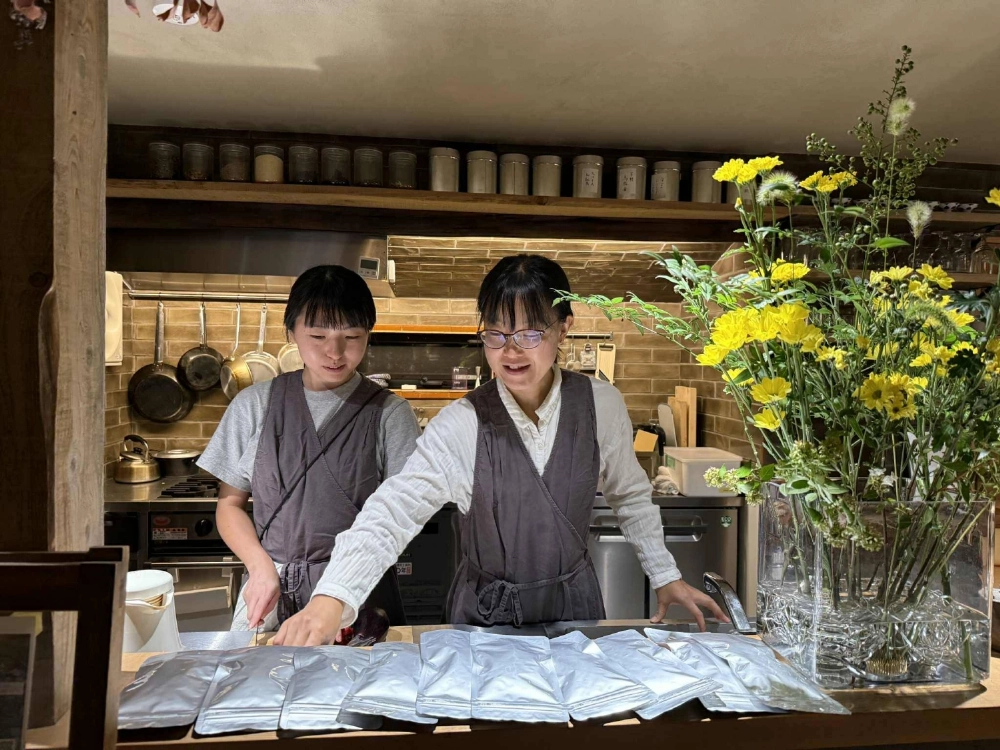Rain falls like handfuls of pebbles being softly scattered on the roof as I lie in bed. I’m wrapped in warmth not only from my cozy duvet but an earlier dram of tangy bodaimoto sake, a brew whose origins trace back to 15th-century monks at Shoryaku Temple on nearby Mount Bodai, the birthplace of sake.
This is Cofunia, an inn located in Tenri, Nara Prefecture, along the Yamanobe-no-Michi, a trail known as Japan’s oldest walking path and mentioned in Japan’s eighth-century “Kojiki” and “Nihon Shoki” chronicles. Due to its location just up the road from Asuka, an ancient capital predating Nara and Kyoto, Cofunia sits adjacent to — and takes inspiration from — the area’s keyhole-shaped kofun (burial mounds). The sixth-century Nishiyamazuka kofun even abuts its southwest walls.
More than 160,000 such kofun can be found across Japan, but few allow visitors to lay their heads down for the night so close by.


















With your current subscription plan you can comment on stories. However, before writing your first comment, please create a display name in the Profile section of your subscriber account page.